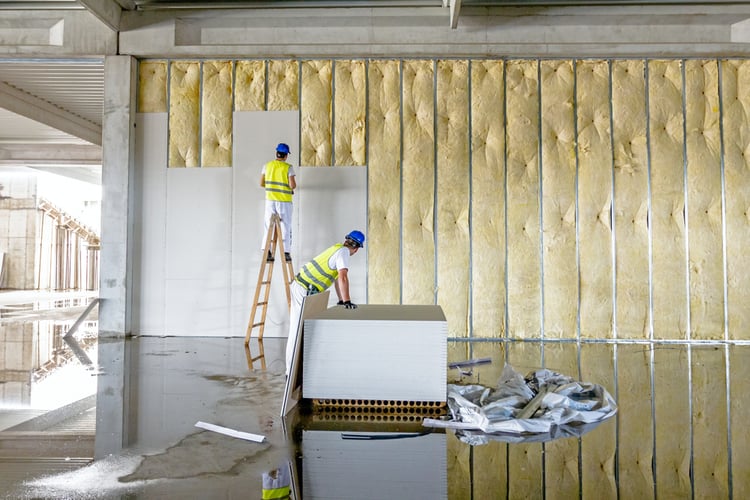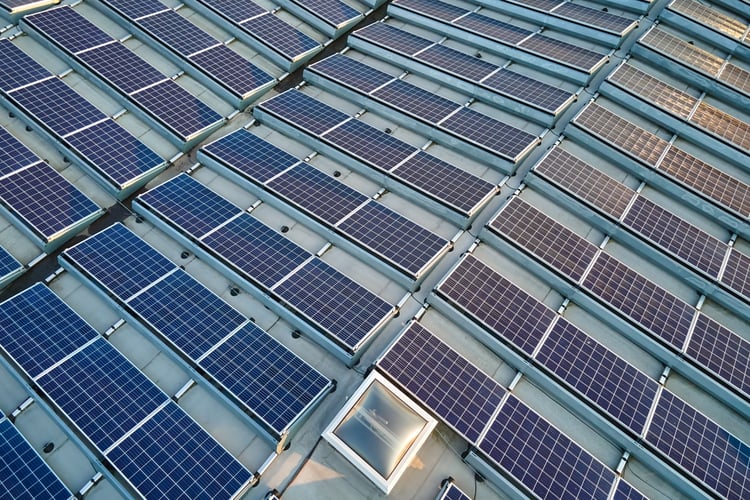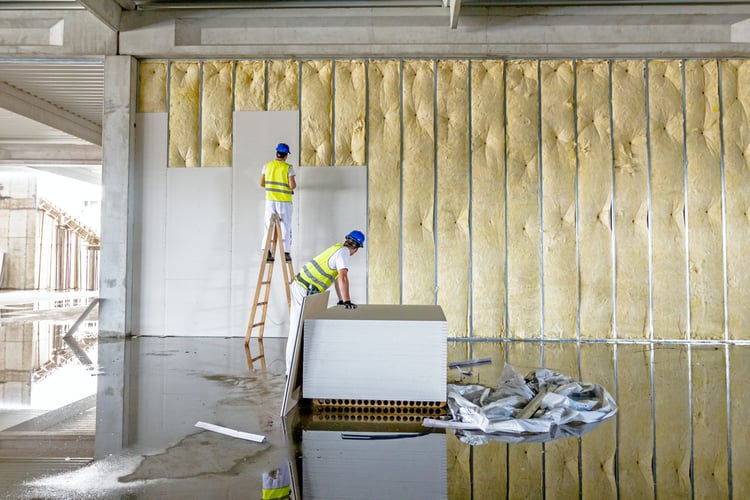Energy efficiency measures for a building are often managed as separate projects. A building owner can upgrade to LED lighting one year and then install variable frequency drives on all motors the following year. However, this approach has a major drawback: owners often miss the opportunity to achieve synergy between building improvements, missing out on potential savings.
- As a quick example, suppose a building owner replaces all of the HVAC equipment with new, higher-efficiency units but the same rated capacity.
- A subsequent energy audit reveals that the building envelope has poor insulation and multiple air leaks. Heating and cooling load is drastically reduced after these issues are corrected.
- Unfortunately, the new HVAC units were already installed for the previous load, which means they are now oversized.
In this case, solving the building envelope issues first would be the ideal approach. New HVAC equipment can be purchased with greater efficiency and lower capacity, saving on both equipment purchases and operating costs.
Take a professional energy audit and discover how to reduce your electricity and gas bills.
Homeowners can achieve better results with energy efficiency upgrades by following a “whole building” approach. A professional energy audit can reveal the best savings opportunities, and MEP engineers can then leverage energy modeling software to find the ideal combination of upgrades. Here we will discuss why the order of build updates is important.
Building envelope and LED lighting upgrades reduce HVAC loads

If you improve the level of insulation and airtightness of a building, space heating and air conditioning loads are reduced. A high-performance building envelope reduces heat transfer in both directions – into and out of the building.
- During the summer, an efficient building envelope reduces heat gain. All BTUs of heat held outside are subtracted from the air conditioning load.
- The opposite happens during winter: an efficient envelope keeps more heat inside the building. In this case, all BTUs conserved are subtracted from the space heating load.
LEDs emit less heat than the bulbs they replace, which means they also reduce cooling loads during the summer. For every 32W fluorescent fixture replaced with an equivalent 18W LED tube, 14 watts of heat are subtracted from the cooling load. Assuming you upgrade 6,000 of these lamps in a large commercial building, the total heat emission from the lighting system will be reduced by about 84 kW. This represents heat that must no longer be removed by the air conditioning system.
An LED upgrade also causes a slight increase in space heating load during the winter, since the heat output from the lighting system is now lower. However, the electricity savings achieved are much greater than the additional heating costs.
- At an electricity price of 20 cents/kWh, a load reduction of 84 kW results in savings of about US$16.80 per hour
- Assuming the same kWh price, an efficient heat pump system can provide this 84 kW of waste heat for less than $7 per hour.
In this simplified example, the net energy savings is still around $10 per hour, even considering the additional cost of heating.
On-site generation requirements decrease with electricity-saving building upgrades

If you plan to install a local generation system in a building, the required capacity can be reduced by focusing on saving electricity first. For example, if your building uses 240,000 kWh per year, you could install a commercial solar system designed for that output. This would reduce net grid consumption to zero, but there is a better approach:
- Suppose your electricity consumption can reach 160,000 kWh/year (33% less) thanks to energy efficiency measures.
- In this case, the required solar panel capacity also decreases by 33%.
Reducing your electricity consumption after using solar energy is also possible, but you may end up with an oversized photovoltaic panel. This is not a problem if your electricity supplier grants credit for production above your consumption, but this benefit is rarely available. Electric companies typically grant credit for solar energy exported to the grid, but limited to your monthly consumption – no net metering credit above that point.

